Marketing your products is the essential complementary function of all food production systems. We talked about Freshwater Shrimp Farming – Harvesting, Storage & Economic Feasibility aspects of shrimp farming in our last blog. This week we will discuss the processing and marketing of your aquaculture products. According to the Agricultural Marketing Resource Center, shrimp are the most preferred seafood in the United States. There are only a few significant species of shrimp available for farming. Among them, the most economically important species are the giant tiger, the white leg shrimp, akiami paste shrimp, southern rough shrimp, fleshy prawn, banana prawn of the family Dendrobranchiata, and the northern prawn of the family Caridea.
The marketability of shrimp plays an important role in the development of aquaculture and shrimp farms. Processing and marketing activities of shrimp also provide employment opportunities and economic benefits within the industry.
Marketing of shrimp
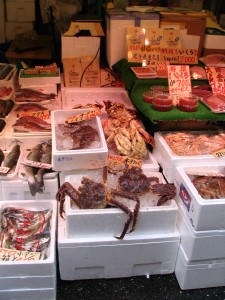 The marketing of shrimp is the driving force of shrimp farms. The marketing process includes packaging, distributing, and selling your fish through local sales, supplying to the supermarkets, and advertising. Efficiency of these processes depends on processing and preserving techniques, transport market facilities,and traders. Locally grown fresh water shrimp can easily become a high quality substitute of protein sources in the market, which is also in high demand.
The marketing of shrimp is the driving force of shrimp farms. The marketing process includes packaging, distributing, and selling your fish through local sales, supplying to the supermarkets, and advertising. Efficiency of these processes depends on processing and preserving techniques, transport market facilities,and traders. Locally grown fresh water shrimp can easily become a high quality substitute of protein sources in the market, which is also in high demand.
They can be sold locally at the pond side, at farmers markets in neighborhoods, or cooperatives. Processed and packaged fish can be sold to wholesalers. Smoked and dried fish are also sold in the market.
Handling and processing
We have discussed some of the harvest techniques of aquaculture shrimp from your pond. Harvesting can be a labor intensive task. At the end of the growing cycle, your pond must be drained and seined to get all your harvest in order to market them. You must tailor the timing of pond harvests to meet the local supply and demand patterns. The time-lapse between fish harvest and the purchase of fish by customers can be critical. For large quantities of fish, a channel needs to be ready and the harvest needs to match the demand. Cold storage facilities and containers need to be ready as well. Once you pack your product, it can be safely transported and distributed. Fish can be chilled with ice from the time it is caught, until it is packaged and stored in cold storage, or until it reaches the customer.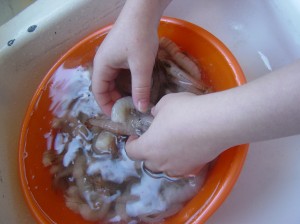
Fish can be stored immediately in iced boxes after harvesting, and can be kept until sold. Packaged shrimp can also be stowed in boxes for delivery. The fish have to be kept cold and surrounded by ice, whether on a shelf or in a box. Most shrimp can be stored with the shell intact, but sometimes you will need to remove the shell before packing, according to the demands of the market. A vacuum sealing packaging system is often used to make sure that your fish stay fresh. Fish vacuum sealing packages are available from Meat & Fish Industry Vacuum Sealing Bag Suppliers.
Smoked and salted fish
Fish are also smoked and salted these days and sold in special packages. These processes give your fish an added flavor. However, smoked and salted fish will not remain edible for more than a week after processing if stored at chilled temperatures. The smoking process includes passing wood smoke over your fish surface in a furnace. Fish can be cold smoked or slow smoked, as long as the fish stay uncooked, and the furnace temperature does not rise above 80-90 degrees while the fish are being smoked.
The fish that are hot smoked are cooked during the process. Hot smoked fish also have demand in the market. A traditional chimney furnace works just fine for cooking fish. You can also use a mechanical oven for this purpose.
Before cooking, your fish must be immersed in salt water. Seventy to eighty percent saturated brine is used in most modern smoke cures. Fish are then drained of excess moisture before smoking by laying them on trays. Fire is held in a separate firebox and the smoke is blown on to the fish.
Freezing and cold storing
It is absolutely feasible to store fish for several months, without compromising the taste or quality, if they are frozen and stored in cold storage. The fish need to be frozen rapidly and stored in a constant low temperature soon after they are caught. Commercial freezing plants use mainly three types of freezing methods: the immersion freezer, air blast freezer, and the plate freezer.In commercial farms, heat from the fish is removed, either by spraying, keeping in touch with a cold surface, or with a stream of cold air, before they are refrigerated. (Some Notes on Fish Handling and Processing) It’s important to maintain the recommended storing temperatures and storing processes to maximize fish life and minimize food spoilage. Fish can also be dried and canned for selling.
Successful marketing
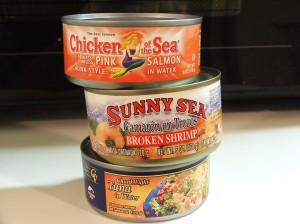 Traditionally, marketing would mean selling what you can produce. However, with businesses today, especially the entrepreneurs who are successful in today’s market, take a very different approach. It has now become necessary to increase your customers through active advertisements and marketing has now become producing what you can sell. This means that you have to do some research on the market, and find out where your market is. Advertising over the internet can be easy if you have the skills, or you may need to hire a professional marketing agency to help promote your products.
Traditionally, marketing would mean selling what you can produce. However, with businesses today, especially the entrepreneurs who are successful in today’s market, take a very different approach. It has now become necessary to increase your customers through active advertisements and marketing has now become producing what you can sell. This means that you have to do some research on the market, and find out where your market is. Advertising over the internet can be easy if you have the skills, or you may need to hire a professional marketing agency to help promote your products.
If you are not large enough to brand your own product, make a list of stores that are interested in buying them, and keep regular contact with them. Try to create your farm image around the things that you focus on, such as naturally fed and sustainable methods. Emphasize organic farming, no additives, farm-raised, naturally fed, seasonal, smoked, pickled, and so on to attract your potential customers. Successful marketing requires a marketing strategy, targeting your audience, and finding the best options and tools to maximize your business.
We will post in more detail about marketing in our next post. Until then, please keep reading our articles, and happy farming.
P.S: Did you find this post useful? Please put down a few words in the comment box below.
Source: WorldWide Aquaculture.

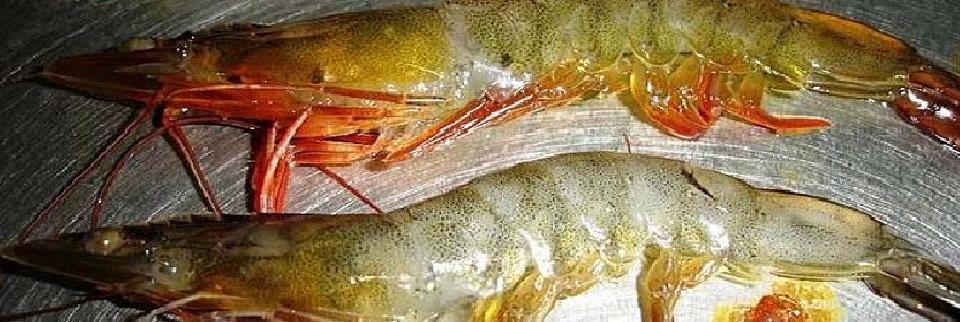

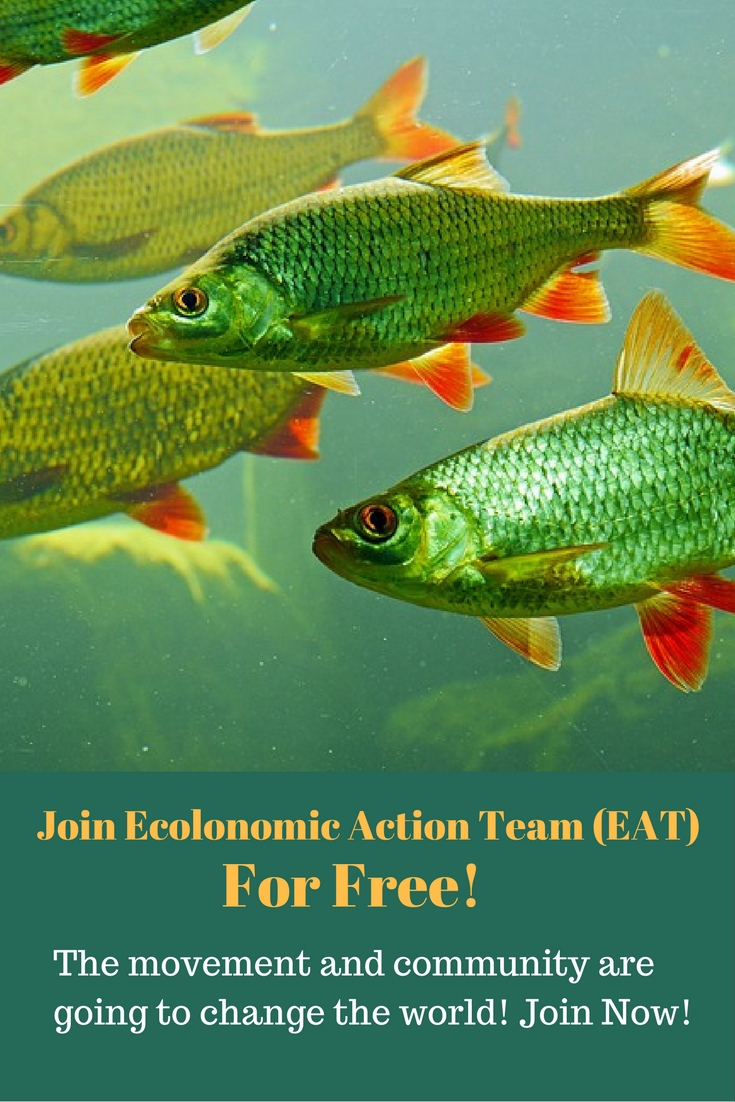
In Our area there are very many white shrimps ,Kenya Lamu ,where can I get market for them in
Thanks for your inquiry. We would love to be able to help you with your interests in freshwater shrimp. You may also want to think about marine (saltwater) shrimp as an option for yourself. We have a lot of free information that you can get from us about aquaculture (including shrimp farming). We have a very cool program that is free right now called the Ecolonomic Action Team (EAT) where we teach people how to “Make Money Making the Planet Better”. You can join that coaching/teaching/mentoring/networking program by going to
http://www.ceed.mykajabi.com. You should also join our free site at http://www.aquaculturecentral.smartmember.com
Finally if you are very serious and want to get immediate help and consultation you can schedule a FREE call with us for a 30 min. consultation. This can be by skype if you are not in North America, or phone. You can schedule a time with us at http://www.talkwithwayne.com
Best wishes to you in you quest to be a sea farmer.
How are the heads taken off (shrimp) for wholesale market?
Hi there, You’ve got performed a wonderful occupation. I am going to unquestionably bing that along with in person would suggest to my pals Eric’s Marine Life. I am sure they will be took advantage of this blog.
Good day
I am looking for a small scale shrimp sorting/grading & packaging system. I am looking to produce about 20-30(40-60000 lb)tons of shrimp for the local market.
How can powdered shrimps be packaged for sale